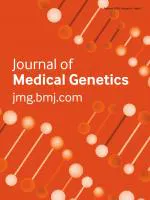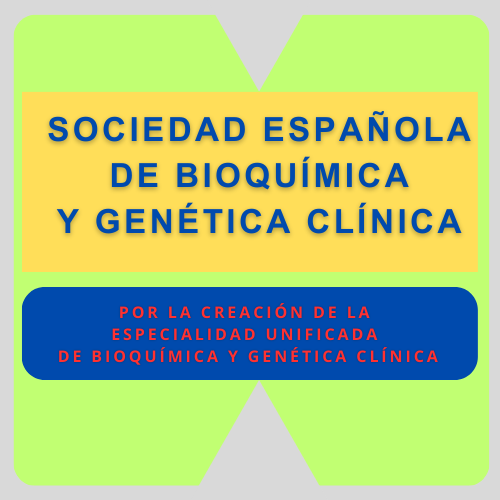Categoría: JMG First
-
Dental agenesis as a novel phenotypical feature associated with hereditary diffuse gastric cancer in China
BackgroundHereditary diffuse gastric cancer (HDGC) is an autosomal dominant gastric cancer associated with germline CDH1 mutations. Carriers of CDH1 mutations have a higher risk of developing gastric cancer at a younger age, highlighting the need for a…
-
Exploring the molecular pathways linking sleep phenotypes and POGZ-associated neurodevelopmental disorder
Pogo transposable element-derived protein with ZNF domain (POGZ) gene encodes a chromatin regulator and rare variants on this gene have been associated with a broad spectrum of neurodevelopmental disorders, such as White-Sutton syndrome. Patient clinic…
-

Bi-allelic variants in chromatoid body protein TDRD6 cause spermiogenesis defects and severe oligoasthenoteratozoospermia in humans
BackgroundThe association between the TDRD6 variants and human infertility remains unclear, as only one homozygous missense variant of TDRD6 was found to be associated with oligoasthenoteratozoospermia (OAT).MethodsWhole-exome sequencing and Sanger seq…
-
Improved sensitivity for detection of pathogenic variants in familial NF2-related schwannomatosis
PurposeTo determine the impact of additional genetic screening techniques on the rate of detection of pathogenic variants leading to familial NF2-related schwannomatosis.MethodsWe conducted genetic screening of a cohort of 168 second-generation individ…
-
Molecular diagnosis, clinical evaluation and phenotypic spectrum of Townes-Brocks syndrome: insights from a large Chinese hearing loss cohort
BackgroundTownes-Brocks syndrome (TBS) is a rare genetic disorder characterised by multiple malformations. Due to its phenotypic heterogeneity and rarity, diagnosis and recognition of TBS can be challenging and there has been a lack of investigation of…
-

ZNF142 mutation causes sex-dependent neurologic disorder
BackgroundSex-specific predilection in neurological diseases caused by mutations in autosomal genes is a phenomenon whose molecular basis is poorly understood. We studied females of consanguineous Bedouin kindred presenting with severe global developme…
-
BTB domain mutations perturbing KCTD15 oligomerisation cause a distinctive frontonasal dysplasia syndrome
IntroductionKCTD15 encodes an oligomeric BTB domain protein reported to inhibit neural crest formation through repression of Wnt/beta-catenin signalling, as well as transactivation by TFAP2. Heterozygous missense variants in the closely related paralog…
-
Heterozygous deletion of HOXC10-HOXC9 causes lower limb abnormalities in congenital vertical talus
Genes involved in limb patterning are sensitive to the gene dosage effect.1 In this brief communication, we examine the possible associations between the heterozygous deletion of HOXC10-HOXC9 and congenital vertical talus (CVT). In 2016, Alvarado et al…
-

Variant reclassification and clinical implications
Genomic technologies have transformed clinical genetic testing, underlining the importance of accurate molecular genetic diagnoses. Variant classification, ranging from benign to pathogenic, is fundamental to these tests. However, variant reclassificat…
-

Childhood-onset hypertrophic cardiomyopathy caused by thin-filament sarcomeric variants
Up to 20% of children with sarcomeric hypertrophic cardiomyopathy (HCM) have disease-causing variants in genes coding for thin-filament proteins. However, data on genotype-phenotype correlations for thin-filament disease are limited. This study describ…
